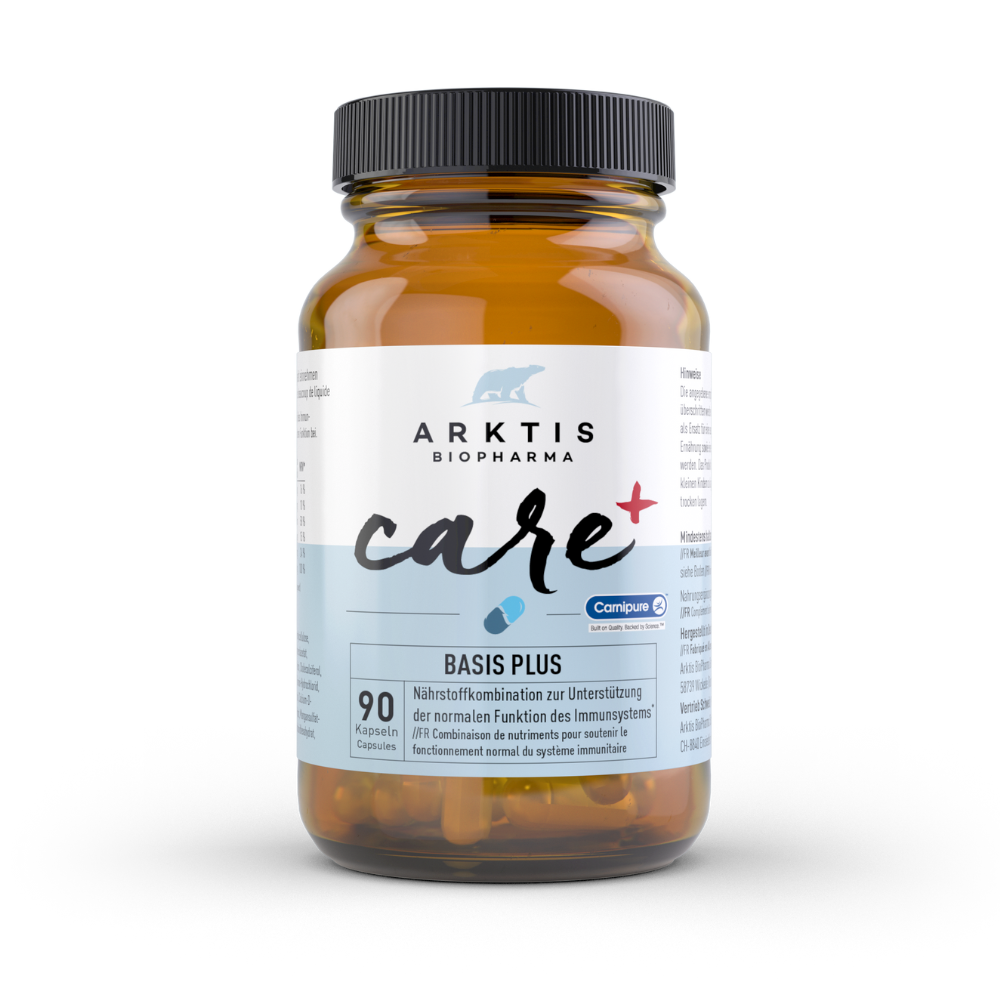There are many different food intolerances. Today I would like to take a closer look at the topic of IgG4 reactions.
Scholars are still arguing about the topic of "IgG4 food intolerances". If you look it up on the internet, you will probably read a lot of negative articles. The critics tear it apart completely and question its scientific validity. For me personally, however, the scientific nature of some things is of secondary importance. After all, if a patient feels much better after eliminating foods that are intolerable to them, then that is proof enough for me that there is something to the story after all. But one thing at a time. Let's take a closer look at the whole thing.
How IgG4 incompatibilities develop
IgG4 are antibodies - similar to the classic IgE variant. In the case of IgE allergies, a reaction occurs fairly immediately after contact with the substance. For example: you eat an apple, your tongue starts to tingle, your throat swells up and you have difficulty breathing. With IgG4, this is fortunately much more harmless, but therefore often not so easy to classify. You eat an apple ... and nothing happens at first. Hours, sometimes 1-2 days later, a reaction follows, for example headaches, stomach problems, skin problems can worsen. For those affected, however, this cannot be linked to the apple because of the length of time involved. There are certain laboratory tests that can detect these intolerances.
As a rule, no intolerance can be detected in healthy people. In people who have positive results, the cause is actually a different (hidden) problem. High IgG4 antibody concentrations are due to increased permeability of the intestinal mucosa (leaky gut syndrome). An intact intestine does not allow food allergens to pass through. However, if it is damaged, the allergens penetrate the barriers and come into contact with the body's systemic defenses in large quantities. These food components do not belong there in this form and the body thinks they are intruders that it has to fight. Antibodies directed against food are produced (IgG4 sensitization).
Possible causes of increased mucosal permeability include repeated antibiotic treatment and associated damage to the intestinal flora, gastrointestinal infections, inflammatory bowel diseases, environmental pollution or the effects of stress. However, as not every patient with an increased permeability of the intestinal mucosa shows symptoms, apparently "healthy" people with high antibody levels are also found time and again. In my opinion, however, it must be questioned whether these are really healthy people.
Symptoms of IgG4 food intolerances
The problem is also that you don't necessarily have to have "typical" symptoms. Headaches, flatulence and diarrhea or the like are still common, but that the deterioration of the skin in neurodermatitis or psoriasis, worsening of pain in arthritis or simply permanent fatigue is related to the apple you ate the day before yesterday? Unfortunately, many people don't think about this.
I just noticed that I often use the apple as an example for the sake of simplicity. However, apples are actually not often conspicuous in the IgG4 range. The foods that many people are intolerant to are gluten and cereals containing gluten, hen's eggs, nuts and casein (this is a protein component that is found in all animal milk products, so not only in cow's milk, but also in sheep's, goat's or mare's milk).
What to do if IgG4 food intolerance is detected?
Depending on the severity of the reaction and the number of food intolerances, as many of the higher reacting foods as possible should be temporarily omitted. The more, the better. The others can be eaten - but in rotation, i.e. not every day, but only every 4 days if possible.
It is just as important, or perhaps even more important, to stabilize the intestinal mucosa in order to reduce the permeability for food allergens and thus counteract the constant formation of new antibodies.
A very good package to combat leaky gut is our Arktis BioPharma Switzerland Leaky Gut 6-month cure.
It contains, among other things:
- Bacteria that strengthen the acid flora and expel "bad" bacteria from the gut
- Acacia fibers, the favorite food of some important bacteria, which then make it cozy for the others so that they can settle there again and form an important symbiosis.
- Important amino acids that have a calming effect on inflammation - especially glutamine and colostrum, the all-round talent
Treatment: How long do I have to tame my inner bastard?
In the best case scenario, you should notice that you are feeling better relatively quickly. Then it will also be easier to give up food for a while. You should do this for at least 2-4 months. If you have very strong reactions, it may be even longer. This is best discussed with the therapist of your choice.
Once your gut has regenerated and your symptoms have improved significantly, you can start to slowly reintroduce the eliminated foods into your diet. But don't overextend yourself, even if your ravenous appetite is probably crying out for one or two things. If your gut is really healed, your body should no longer have any problems with food intolerances in the future... at least not in this way.
















